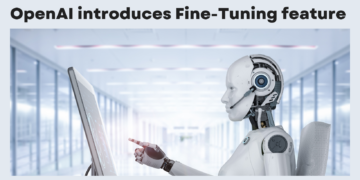Unstructured Data and Data Pipelines
Understanding and predicting customer behavior is key to automating essential processes and is especially helpful in enhancing customer experience. Robotic Process Automation (RPA) and Artificial Intelligence (AI) are powerful tools of automation with the capability of transforming businesses. The combination of these technologies can drive automation efficiently and rapidly. Data is the only input these RPA and AI tools need to start working.
Since around 90% of data collected by a company is unstructured, the information stored in it is extremely valuable. If properly analyzed, it can give businesses indispensable insights into consumer behavior.
Despite the data pipelines being a goldmine, around 73% of data a company store goes unused to obtain insights. CEOs did not utilize insights gained from data as the data is stored away, and they thought it was unusable.
However, the extraction of information from unstructured data is not as easy as it is from its traditional counterpart. It is usually stored in a format that is not comprehensible to the existing data formats. Therefore, optimizing data pipelines is essential for a company to execute its digital transformation effectively.
Robotic Data Automation
Data is certainly spread across multiple platforms. Depending on the scale of a business, the amount of data that flows through data pipelines can be substantial. A company’s operations can also happen on multiple platforms, like a website or a mobile application. This variety in sources of data can make automation and extraction particularly tough.
Robotic Data Automation (RDA) can automate data pipelines despite its source. It is the combination of AI and low-code bots. RDA can automate almost any kind of process that is related to data. With Robotic Data Automation, processes like collecting, integrating, cleansing, validating, extracting, and even contextualizing data can be 100% automated.
RDA can successfully leverage outside models and apply Natural Language Processing (NLP) or existing bots to integrate data sources. One of the essential applications of Robotic Data Automation is creating an Interactive Development Environment (IDE). IDE creates a comfortable and empowered environment for a better and more appealing consumer experience. RDA uses historical, current data streams to fully comprehend earlier customer interactions to deliver an enhanced customer experience.
Robotic Data Automation empowers a company’s operations by providing improved data access across all data distribution systems. This raises the question; can this powerful technology be used to implement hyper-automation further?




























